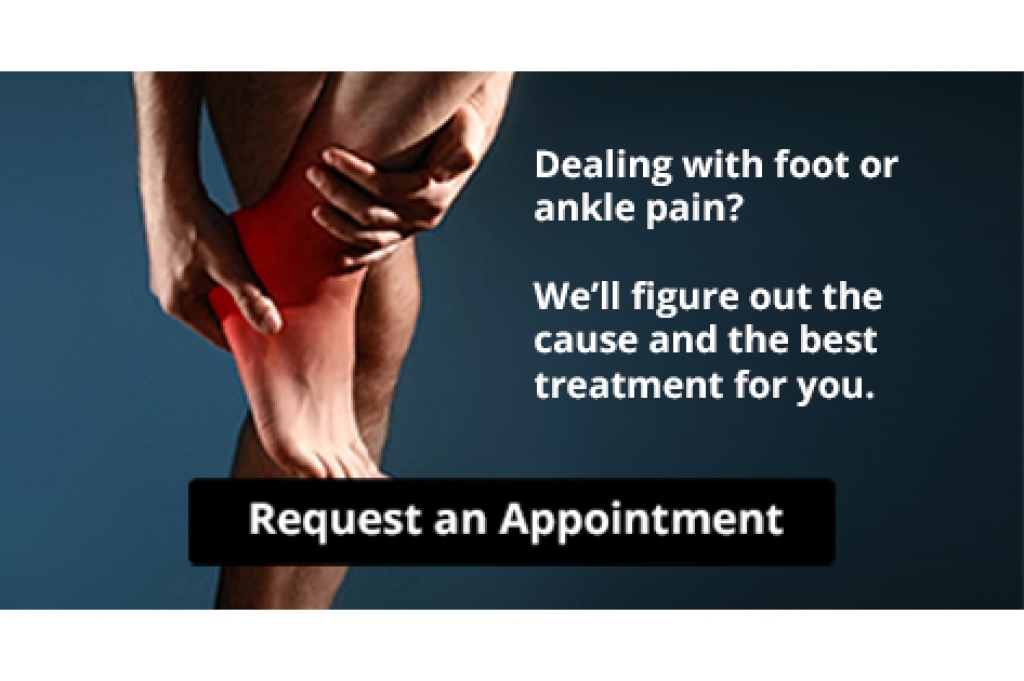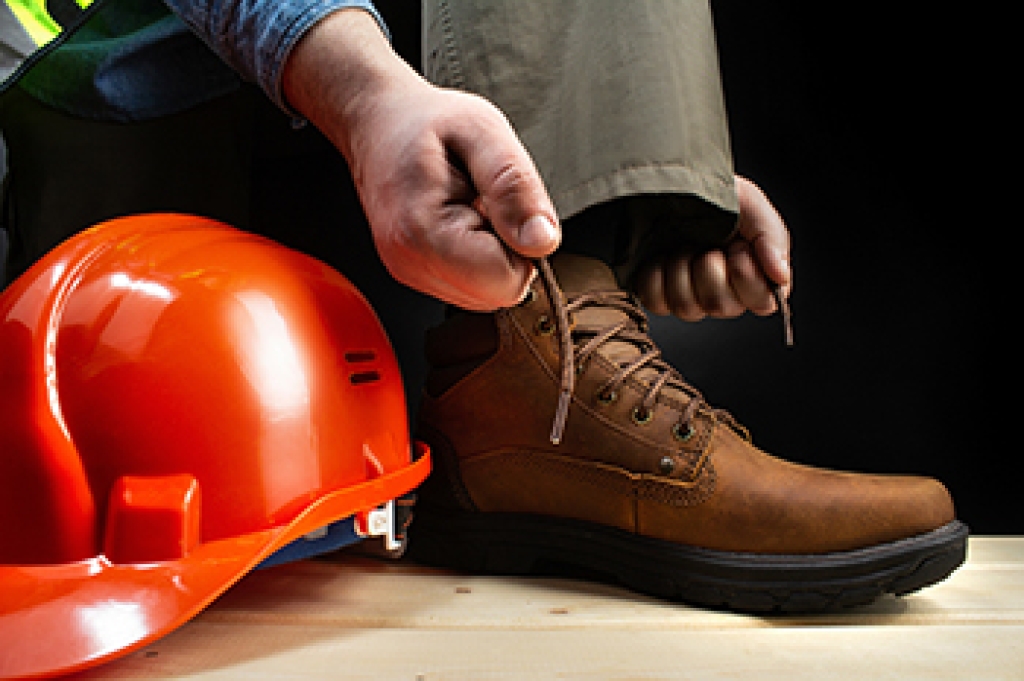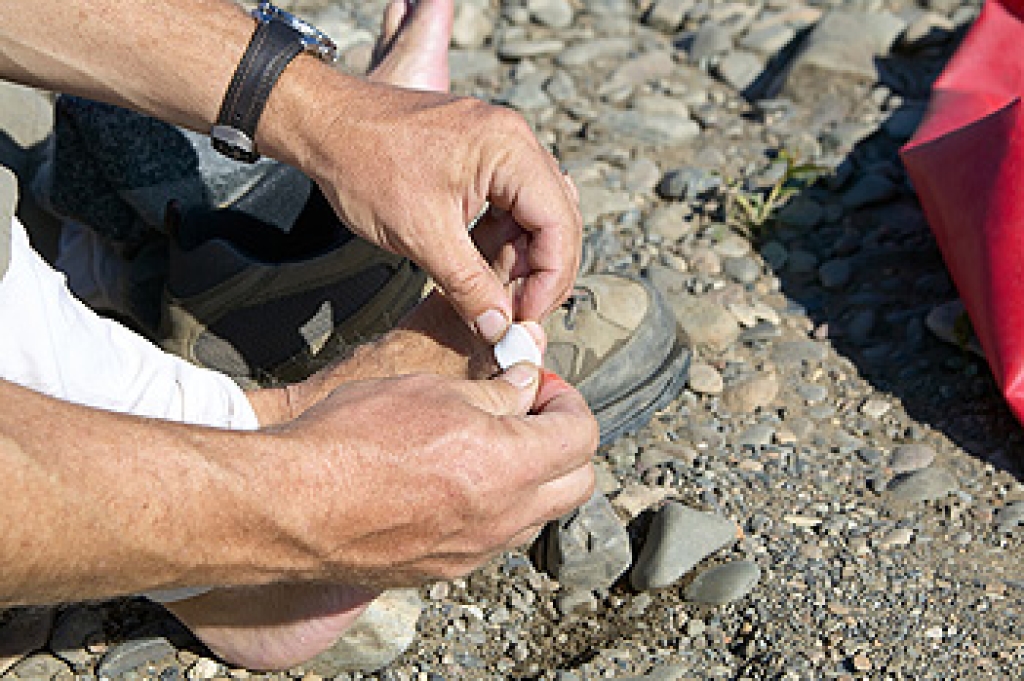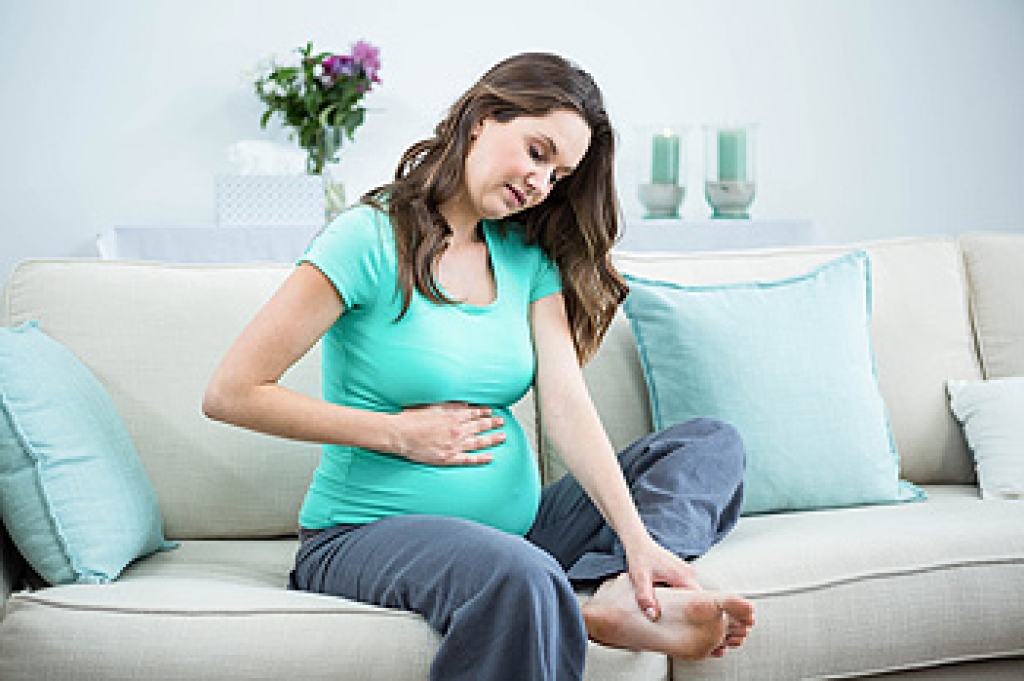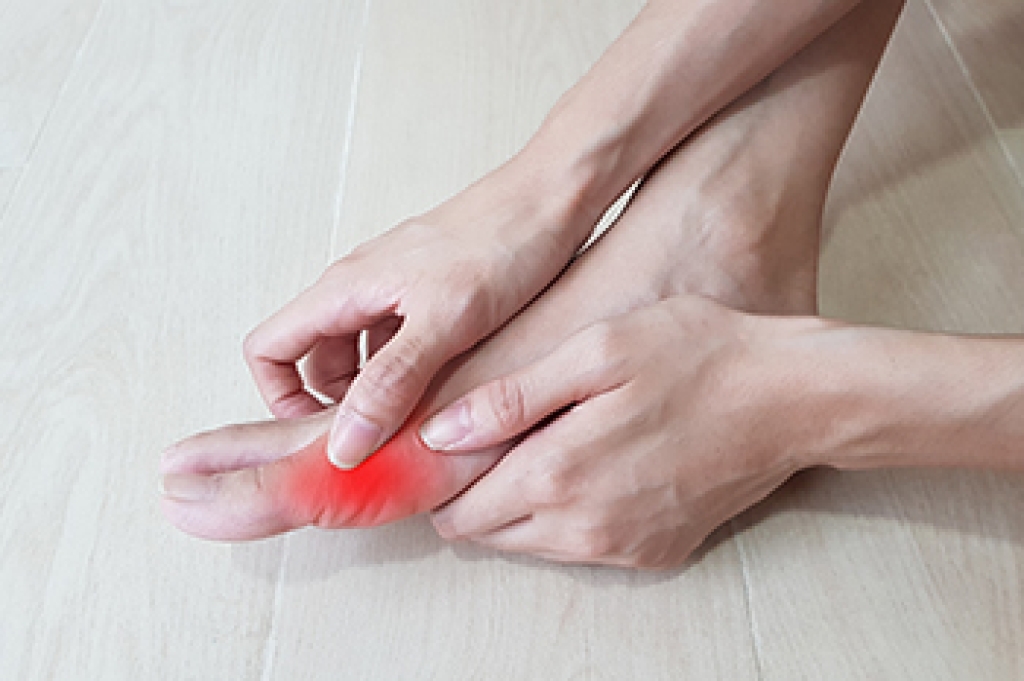
Gout, often associated with older, overweight men who indulge in rich food and excessive alcohol, is increasingly affecting younger individuals. Gout is a form of arthritis caused by the accumulation of uric acid, or urate in the bloodstream. Urate crystals can develop in joints, causing intense and sudden pain, most commonly in the big toe. While gout is more commonly associated with older age, it can affect people of all ages, including young adults and even teenagers. Several factors can increase the risk of developing gout at a younger age, including a family history of gout, consuming a diet high in purine-rich foods, or being overweight. It can also affect people who have certain medical conditions, or who take specific medications. Treatment involves managing acute attacks by taking anti-inflammatory drugs, and urate-lowering medication may be used for long-term prevention. Dietary changes, including avoiding alcohol, may help to prevent gout. If you are a younger person and are experiencing symptoms of gout in your big toe, it is strongly suggested that you make an appointment with a podiatrist who can properly diagnose this condition and provide the correct treatment.
Gout is a foot condition that requires certain treatment and care. If you are seeking treatment, contact Glenn Aufseeser, DPM from Lakewood Foot and Ankle Specialists. Our doctor will treat your foot and ankle needs.
What Is Gout?
Gout is a type of arthritis caused by a buildup of uric acid in the bloodstream. It often develops in the foot, especially the big toe area, although it can manifest in other parts of the body as well. Gout can make walking and standing very painful and is especially common in diabetics and the obese.
People typically get gout because of a poor diet. Genetic predisposition is also a factor. The children of parents who have had gout frequently have a chance of developing it themselves.
Gout can easily be identified by redness and inflammation of the big toe and the surrounding areas of the foot. Other symptoms include extreme fatigue, joint pain, and running high fevers. Sometimes corticosteroid drugs can be prescribed to treat gout, but the best way to combat this disease is to get more exercise and eat a better diet.
If you have any questions, please feel free to contact our offices located in Lakewood and Manchester Township, NJ . We offer the newest diagnostic and treatment technologies for all your foot care needs.
